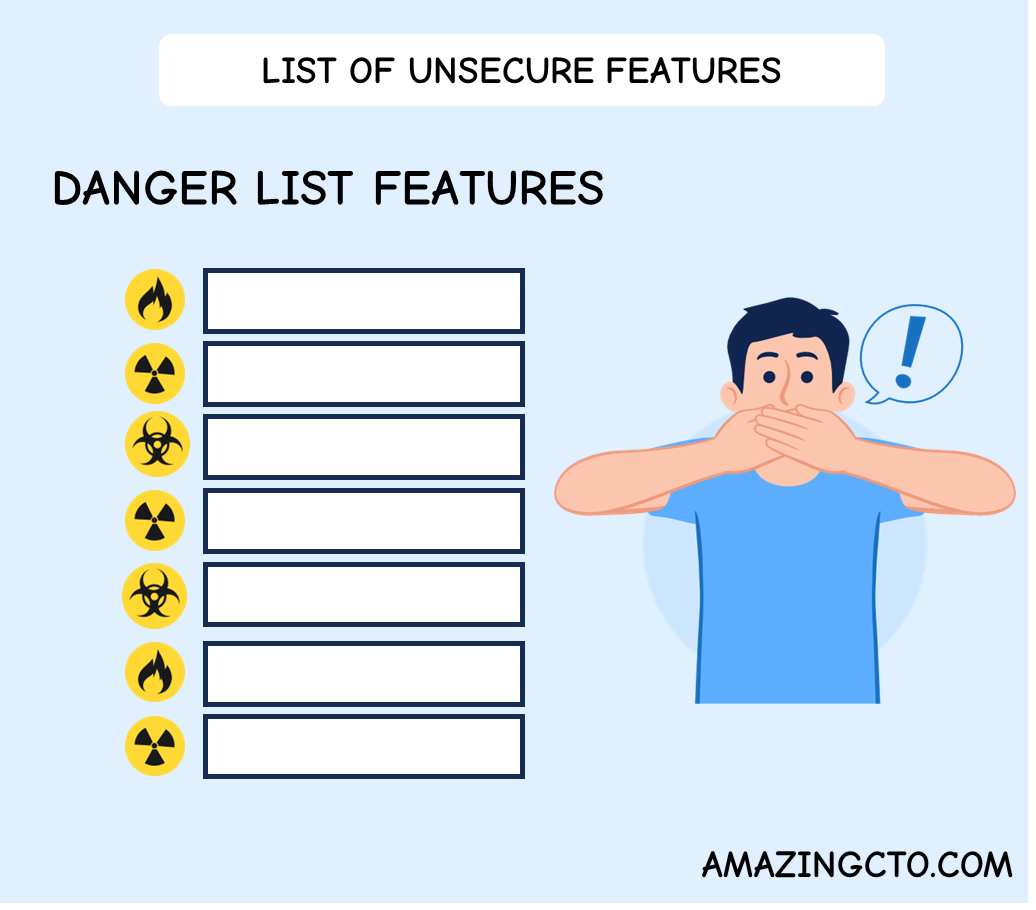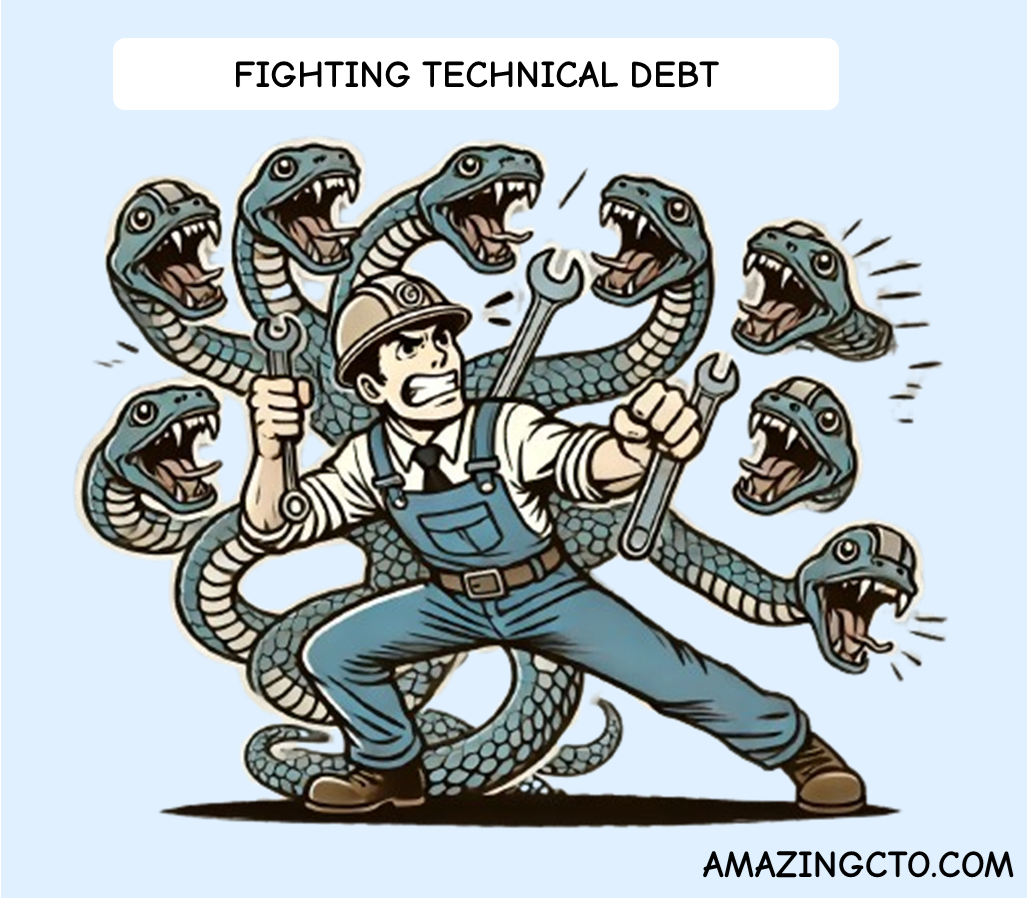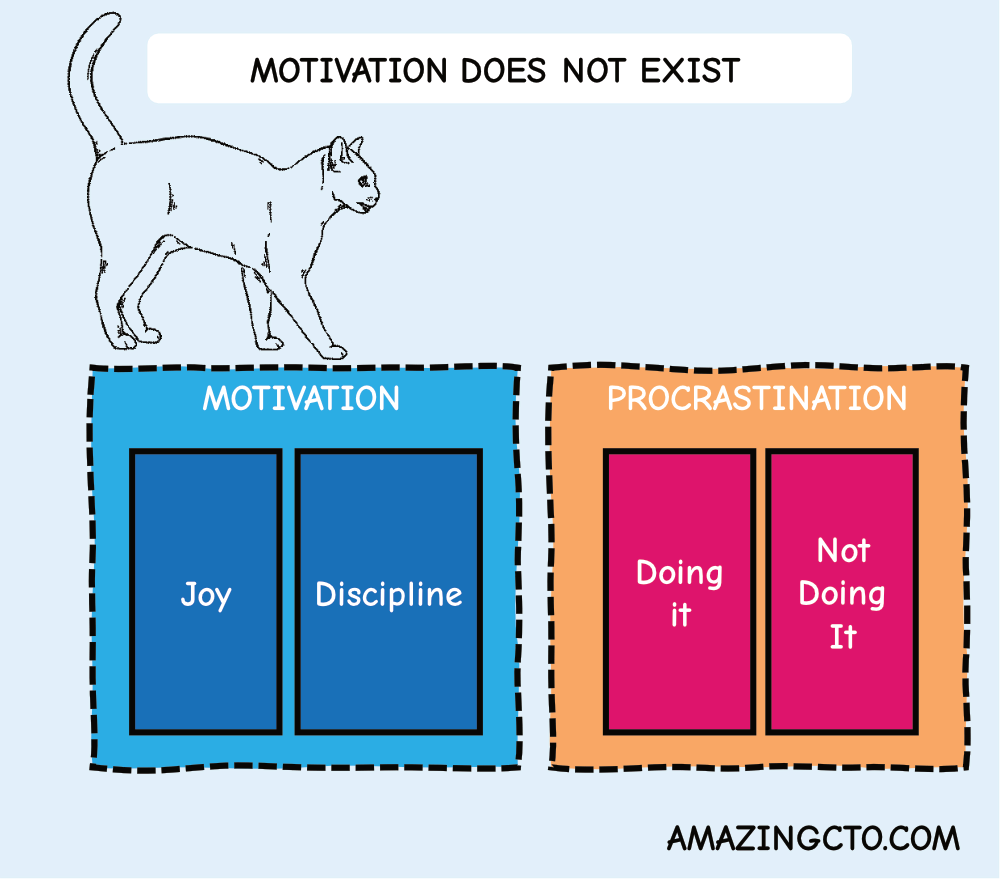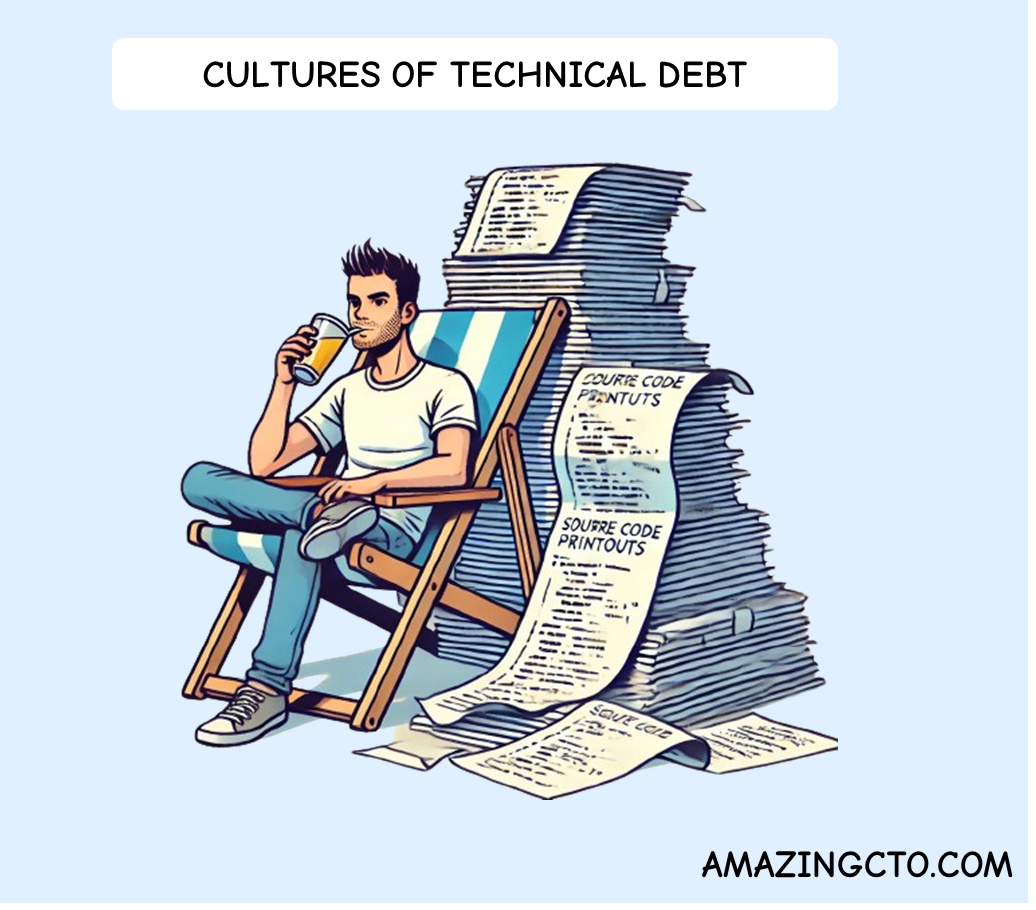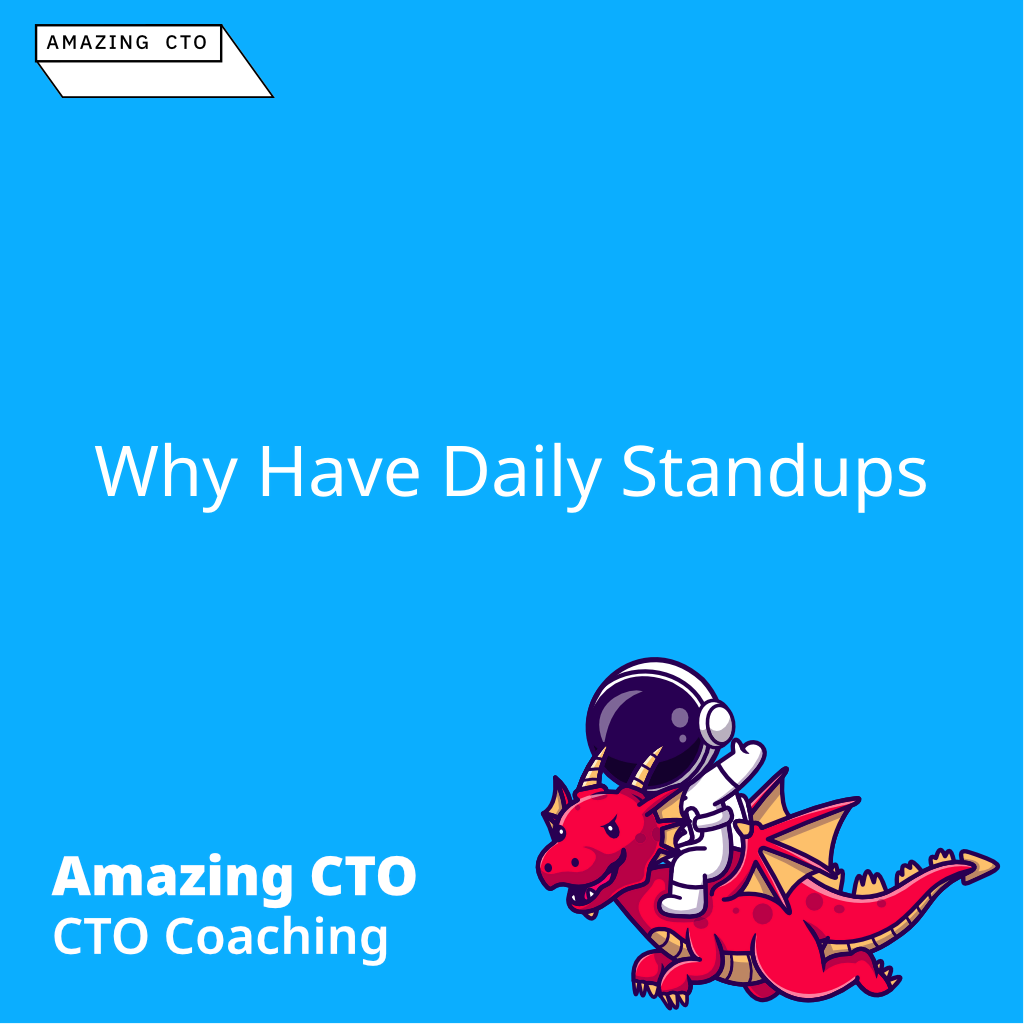Amazing CTO
Do you need a CPTO? Do you want to become one?
Then let’s start with the WHY. Why would you do that?
The main reason to have a CPTO instead of a CTO and a CPO is to tighter integrate and align product and technology and remove any friction. The second reason to do this, is to reduce management bandwidth for the CEO. Why discuss technology and product with the CTO and CPO? Delegate product discovery, definition, development and operation to one person. Hold them accountable for all results, no finger pointing.
Some of my clients struggle in their CPTO role though.
Why don’t have a CPTO?
Biggest mistake: If you just replace a CTO and a CPO with a CPTO, you’re doing it wrong.
If the CTO and CPO are already tightly integrated, don’t have a CPTO. If there is no problem, don’t fix it. Another bad reason to have a CPTO is to safe money and have one less senior manager (because you need two more senior managers to make it work, a CPTO setup is more expensive, not less). The third wrong reason is, because you don’t have enough great product/tech managers and think a CPTO can do both. Voilà! - you’ll fail. Forth if either of the domains is very challenging, e.G. you want to compete with Apple on product, or you have deep tech like SpaceX, have a CTO and CPO that the CEO manages directly.
The biggest implementation mistake is to not have experienced technology and product managers reporting to the CPTO. This is the case if you want to safe money or have one because you lack either a person capable or being a CTO or a person capable of being a CPO. Then there is a gap between the CPTO and their leads on one hand, and gaps in the skills of the CPTO on the other hand.
What is the CPTO role?
You might think the CPTO needs to have all those skills.
No. Think of the CPTO as a CMO. CEOs have a CMO, so they don’t need to manage different marketing channels and operations. They don’t want to manage online ads, mobile ads, print (yeah, sure!), SEO inbound marketing and email marketing. So they hire a CMO who can be managed by results, the number of leads (good leads with high LTVs). The CPTO is there, so they can be managed by results: churn/LTV, trial conversions and upsells.
I often hear there is no person with the skills of a great Product and great Tech person. The skills are too stretched. This is a misconception. The CPTO does not need detailed product and tech craftmanship skills. Just like the CEO who does not know about details of technology, details of product, details of finance, and details of marketing (they are usually good at one thing, e.G. sales or business development or a visionary). But they can manage a CTO, CPO, CFO and CMO nevertheless. Thinking there is no person with the skills for the CPTO role is based on misconceptions about that role.
For me it would be impossible to manage several product leads and UX/UI, or come up with a product strategy. I have not the skills to manage those, I lack the craftmanship to give guidance. As Steve Jobs, I could tell someone “This feature does not work this way” but could not help making it better through craftmanship.
As a developer, I also struggled to manage DevOps, Data and QA when I became a CTO for the first time. The solution was not to become excellent at all of them, but to learn about all of them to some degree and hire or promote great leads into each role.
Who should report to the CPTO?
My guidance for who should report to you is threefold.
- First, you need to give all responsibilities you got from your boss to one of your direct reports, ideally without splitting them. If you have more than one product manager or engineering manager report to you, you’re going to need to split responsibilities and manage that accordingly in the case of conflict or misalignment. Don’t do that.
- Second, who is part of the management team? When I envision all my direct reports sitting in a team meeting, what do we discuss? What do we make decisions on? If decisions are blocked because someone always needs to talk to someone not at the table, perhaps that missing person should be sitting at the table? If two people at the table often talk to themselves, perhaps they should not be at the table but get a common manager.
- Third, have those direct reports whose topics you want to directly manage. If you want to manage something directly, let someone report to you. If you don’t want to manage something, have the person report to one of your direct reports.
What I could manage as a CPTO:
- A VP of Engineering, running development, making sure quality is great and self-organized teams with operations (you build it you run it)
- If operations is a big challenge (mostly not) I’d have a Head of Operations. WHen I worked as CTO in a very fast-growing startup, the website was down often, in that case I’d have a Head of Operations
- A VP of Product, responsible for product strategy, discovering and defining products
- A Head of Security and Compliance
- A Head of Data/AI
- Head of PMO / Chief of Staff
(as always, don’t copy and paste org charts from other people)
All of the topics of these people need to be discussed by all of these people. All of these topics are interwoven.
I feel I could delegate all responsibilities to these people and have the right discussions and decisions at the management team table.
You can make the CPTO role work, if you have one for the right reasons and structure it accordingly. You will fail if you have a CPTO for the wrong reasons.
